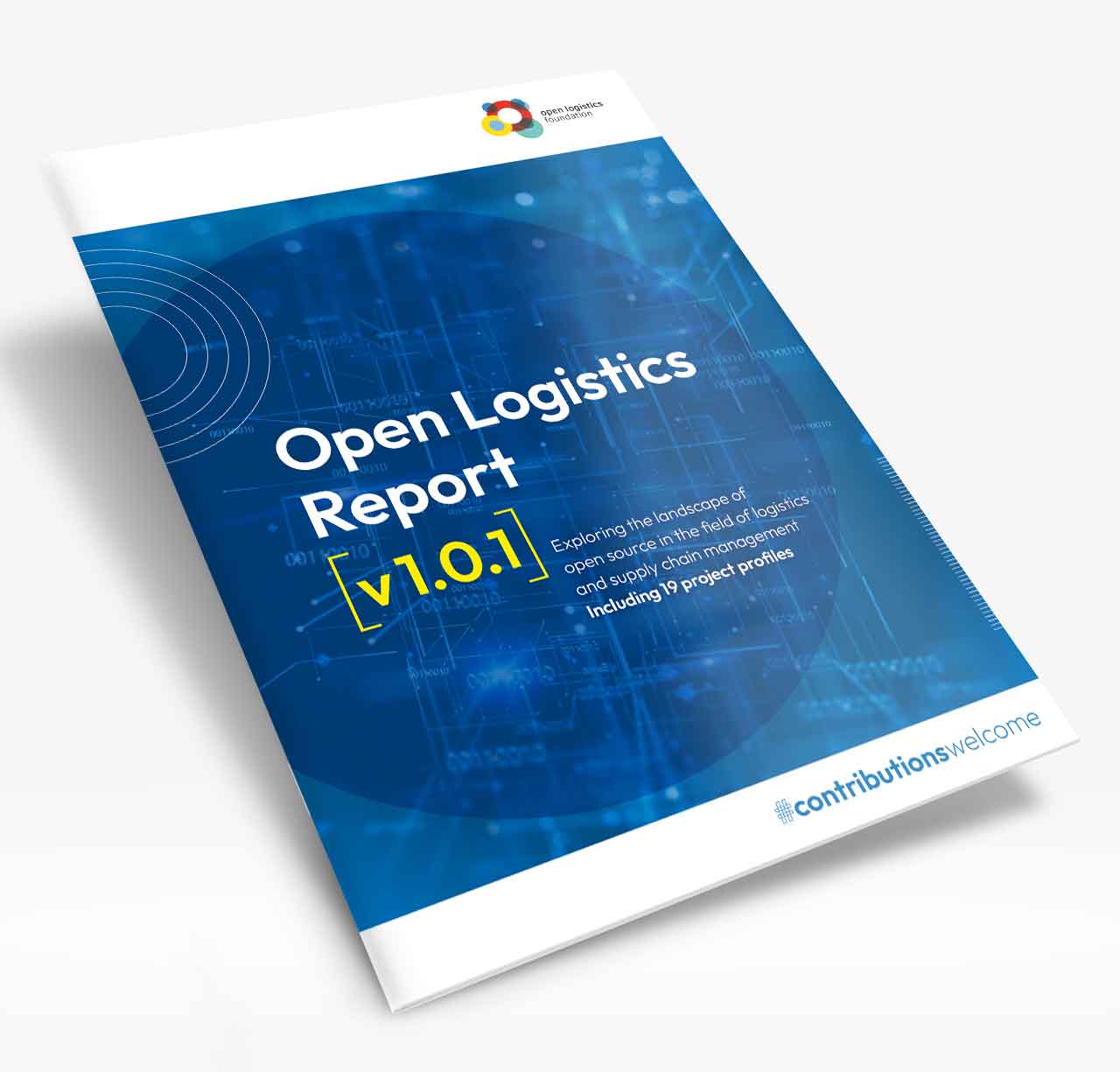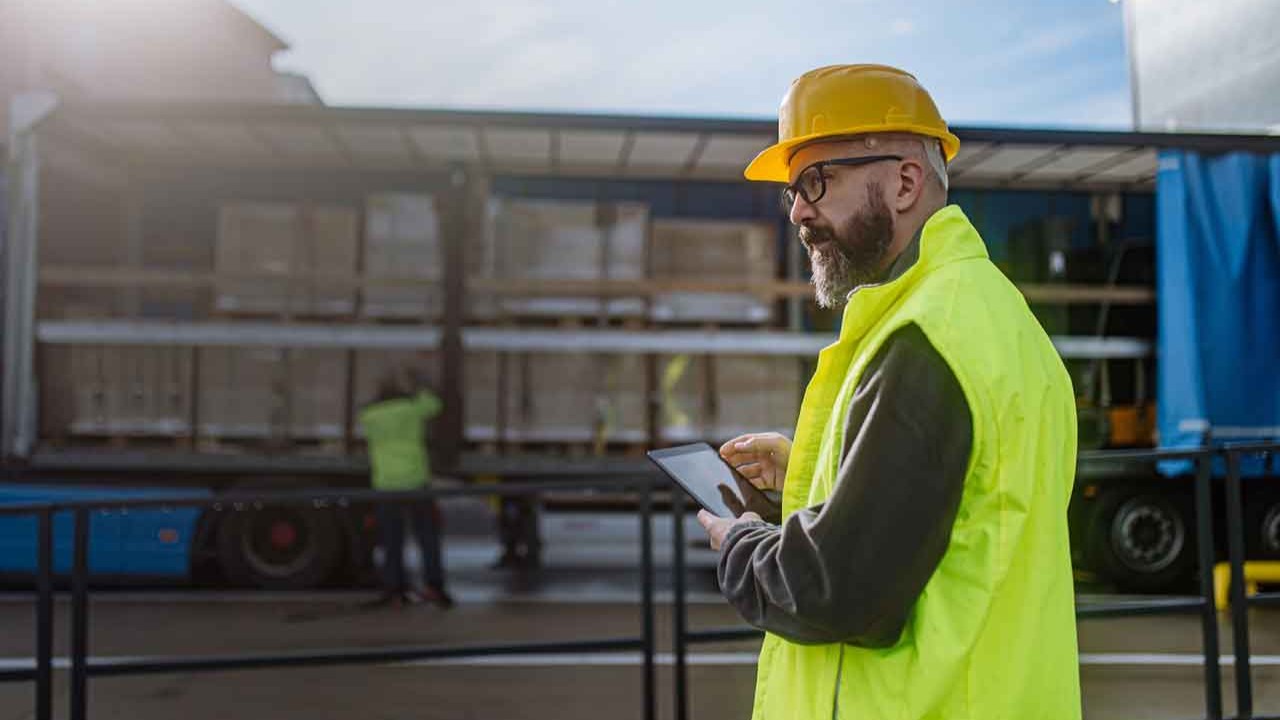The state of logistics is a direct indicator of the health of the modern economy. From delivering food and medicines to facilitating global trade, the reliability of supply chains directly affects societal well-being and market stability. Yet, physical resilience (i.e. the ability of road, rail, air, and maritime transport networks, warehouses, and distribution hubs to withstand disruption) is no longer enough on its own.
Supply chains are inseparably tied to the digital systems that support them. In Europe, this often means reliance on siloed, proprietary platforms controlled abroad, leading to high costs, limited interoperability, and reduced control over operational data and decision-making.
This dependency poses a strategic risk: over 80% of Europe’s digital technologies and infrastructures are imported, primarily from the U.S. and China; 85% of AI models originate in the U.S. and China since 2017; and only 7% of global R&D spending in software and internet technologies comes from European firms (The Draghi report on EU competitiveness, 2024; EuroStack, 2025). Without change, Europe risks losing technological sovereignty and the digital resilience its logistics sector urgently needs.
A future-proof supply chain requires both physical and digital transformation – trucks and warehouses, but also secure, interoperable, and adaptable IT infrastructures.
The rising stakes of digital vulnerabilities
Central to supply chain resilience is digital resilience: the ability of IT systems to function under stress, recover from disruptions, and maintain control over data. Logistics operations depend on cloud computing, IoT tracking, navigation, and coordination platforms. But centralisation and vendor lock-in magnify risk: a single cyberattack or technical failure can disrupt entire supply chains.
Even though there are no separate statistics or studies on the use of the aforementioned technologies by logistics companies or companies along the logistics value chain, these are available for the industry as a whole, e.g.. for the area of cloud services. In Bitkom’s “Cloud Report 2025”, 78% of the 604 German companies surveyed consider Germany too dependent on U.S. cloud providers, and an 82% majority hope for a competitive European alternative.
Plus, Europe’s innovation gap, caused by fragmented R&D, underinvestment, and talent moving abroad, has already cost it 30% of its tech unicorns between 2008 and 2021, mostly to the U.S. (The Draghi report on EU competitiveness, 2024). The gap continues to grow, increasing vulnerability not just to outages and cyberattacks but also to political pressure and trade restrictions – risks that many organisations lack the ability to manage.
Physical disruption to digital dependency
COVID-19 and geopolitical events like the war in Ukraine show how physical disruptions can quickly affect global supply chains. Meanwhile, digitalisation is accelerating:
- AI-driven demand forecasting helps predict shortages
- IoT-enabled inventory management ensures real-time visibility
- Autonomous vehicles and warehouse automation improve capacity and efficiency
As a result, physical and digital strategies are increasingly interdependent. Near-shoring and micro-fulfilment centres reduce transit risks, while digital platforms orchestrate supply chain operations at scale. But uneven digital maturity and proprietary IT landscapes create opaque, fragmented systems that are hard to secure.
Herein lies a core dilemma: European logistics increasingly depends on hyperscalers such as Google, Amazon, and Microsoft to run the very platforms that enable digital operations. Even if the industry would build European or open solutions, these platforms often still operate on non-European infrastructures. Complete self-sufficiency is unrealistic, at least in the short- and medium-term. But digital sovereignty is not about isolation. It’s about controlled dependence – the ability to decide how and where technologies are used, who has access to the data, and which dependencies are acceptable.
The question, then, is not how to disconnect from global technologies, but how to establish “control layers” – technical and organisational mechanisms that allow users to “take the wheel” and control technologies independently and on site (BSI, 2025).
This is why digital resilience – and with it, digital sovereignty – has become a strategic imperative for Europe’s logistics sector. And this same vision of controlled dependence aligns with the direction of European policy. Resilience is now recognised as an essential part of economic security and, in turn, of strategic autonomy (CERRE, 2024). So, how do we accomplish it?
Open source as a strategic enabler in logistics
Open source software offers a solution that does not require operating outside of global technology ecosystems. It enables companies to build and maintain digital systems on their own terms (using control layers) within these ecosystems. As a result, unlike proprietary solutions, it provides transparency, adaptability, and community-driven development. Organisations can inspect and improve code freely to fit their needs, reducing vendor lock-in and supplier failure.
A 2025 Bitkom report confirms this potential:
- 61% of companies view open source positively
- Key advantages include cost savings (26%), access to source code (19%), and strengthening digital sovereignty (8%)
- Yet only 37% of companies have a formal open source strategy, showing significant room for growth
This gap between recognition and strategy highlights a key challenge: open source is valued but not systematically governed. Companies often benefit from open source indirectly, using it as part of vendor solutions rather than shaping it themselves. Building true digital resilience, however, requires turning this passive use into active participation.
That’s why the next question is not whether open source can provide resilience (it clearly can) but how European industries can scale it sustainably. What governance and investment models are needed to make open collaboration strategically relevant?
It’s at this point that open source becomes an institutional question. Beyond its technical benefits, open source carries legal, economic, and political implications. It strengthens trust, enhances cybersecurity responsiveness, and enables companies to maintain control layers independent of specific vendors or jurisdictions, turning digital sovereignty from political ambition into operational reality.
Alongside open source then comes open standards, which ensure interoperability across borders, industries, and legacy systems. True digital resilience requires standards that are:
- Developed collaboratively, not controlled by single vendors
- Transparent, well-documented, and publicly accessible
- Royalty-free, platform-independent, and compatible with both open source and proprietary solutions
For more details on how the Open Logistics Foundation defines open standards, read our Open Logistics Report.

Real-world example: OLF-eCMR
The Open Logistics Foundation (OLF) sees open source as a collaborative movement, and our eCMR project is a prime example.
Traditionally, the consignment note (CMR) was paper-based, error-prone, and costly to handle. Instead of creating proprietary digital solutions, more than 25 logistics providers, IT companies, and research institutes across Europe jointly developed a freely available, open source standard. This collaboration overcame regional and organisational differences to ensure compatibility across borders and systems.
The OLF-eCMR software enables paperless, legally compliant, and standardised freight documentation. Features such as advanced electronic seals and system interoperability deliver faster processing times, lower costs, and improved transparency across the entire transport chain. Publishing it as open source allows any company to use and adopt the software, acting as a practical control layer, giving companies ownership while still integrating with global infrastructure. With every new participant, the eCMR grows into a de facto standard for the logistics sector, strengthening Europe’s digital autonomy.

Learn more about the OLF-eCMR on our website, where you can download legal and technical information and watch a software tour through the Open Logistics Repository.
Practical steps forward for logistics & open source communities
We see five priorities for logistics organisations and the wider ecosystem seeking to strengthen digital resilience and sovereignty:
- Invest in open source solutions
Prioritise software and platforms that provide full transparency, modularity, and active community maintenance. Projects like eCMR show this is feasible and beneficial.
- Adopt standards in conjunction with open source
Ensure that systems can interoperate across providers, countries, and existing legacy IT systems.
- Develop in-house expertise & governance
Establish Open Source Program Offices (OSPOs), bring in or train people who understand risk, licensing, security, and maintenance. Use governance models that combine technical, legal, and operational oversight.
- Collaborate across borders & sectors
Working groups composed of logistics service providers, shippers, technology providers, and research institutes – as OLF has with over 50 partners – create shared infrastructure and reduce duplication of effort and risk.
- Integrate physical and digital resilience strategies
Supply chain resilience comes from both hard infrastructure (warehouses, transport routes, near-shoring, etc.) and soft infrastructure (algorithms, platforms, data, networks). Neither can succeed alone.
Conclusion
The logistics industry’s physical operations sustain economies, services, and infrastructure. Yet these operations cannot be resilient without digital resilience. Companies will continue to rely on global infrastructure, but must control how it is used, governed, and integrated.
The question we leave for all logistics stakeholders is this: How can companies balance interdependence with independence – and how can participation in open source projects help bridge the two?
Open source, open standards, and cross-European collaboration provide the foundation for a secure and adaptive supply chain. They build the control layers needed for digital sovereignty: not fully self-sufficient but independently controlled within a globally connected system.
The Open Logistics Foundation unites diverse perspectives and expertise to deliver solutions like OLF-eCMR. By investing in digital resilience, logistics organisations can ensure adaptability, trust, stability, and sustainability in an uncertain future.





